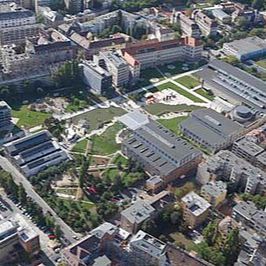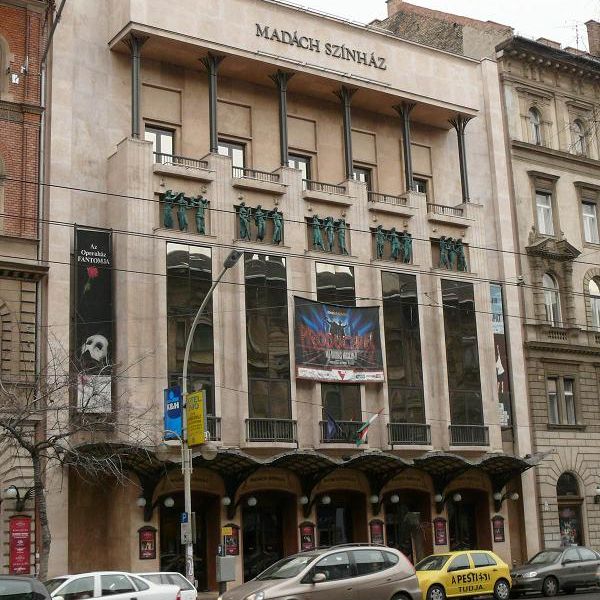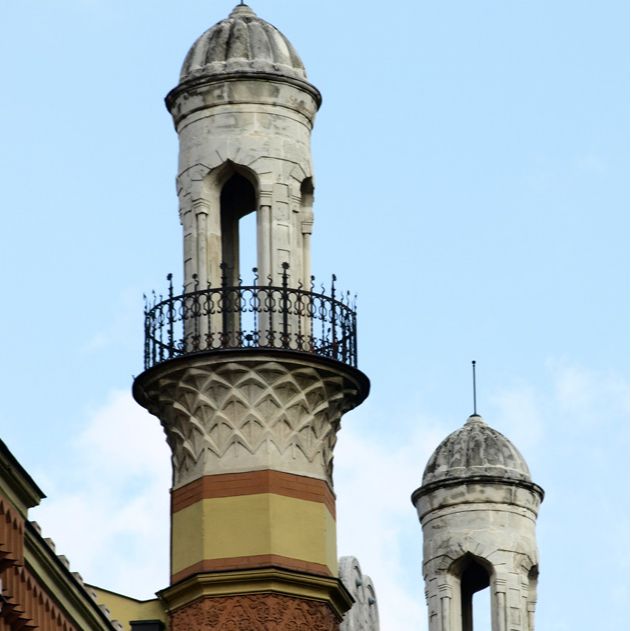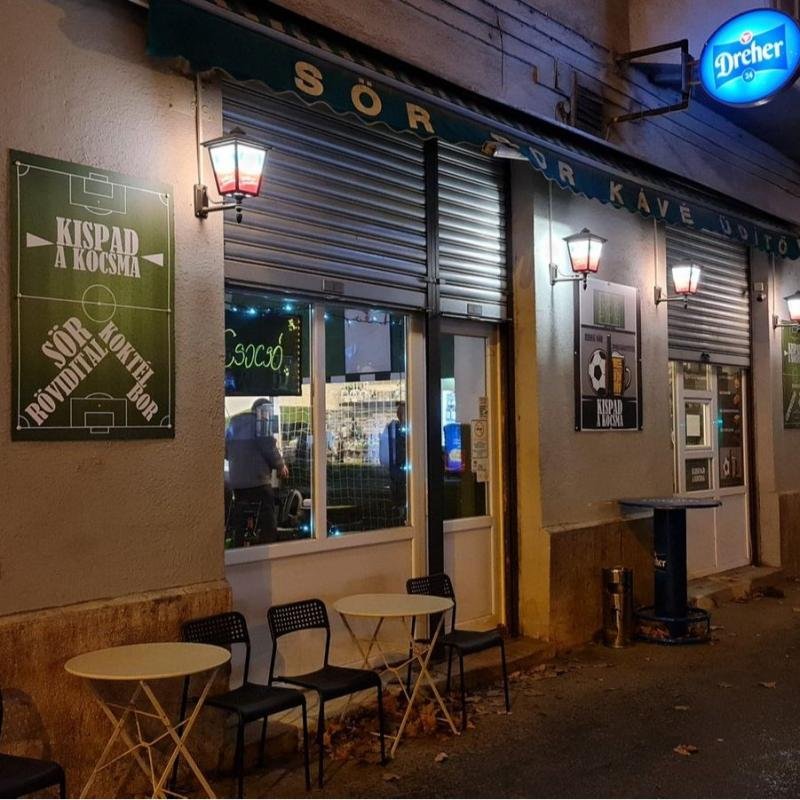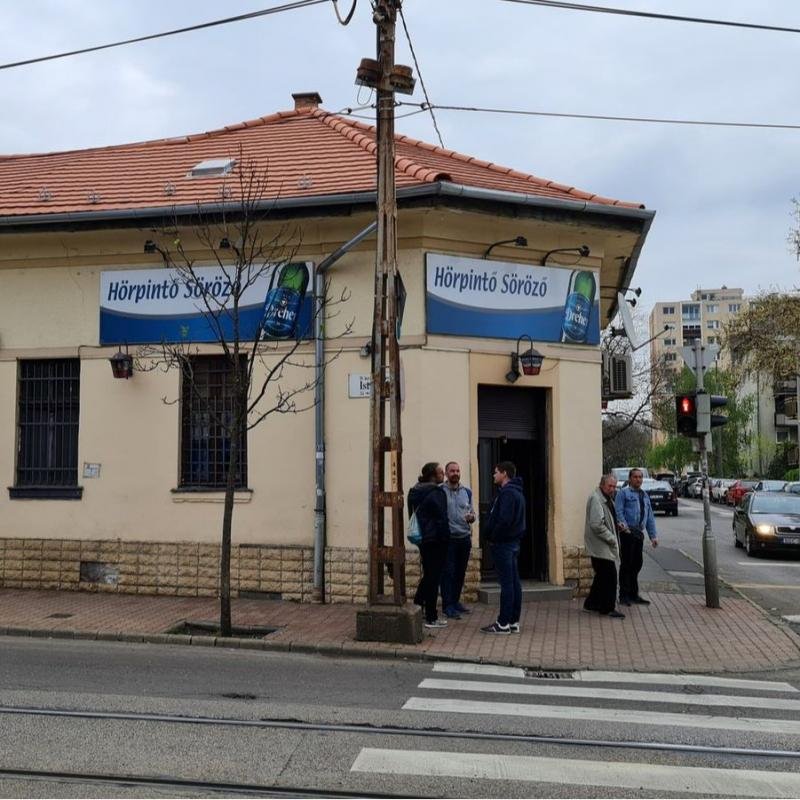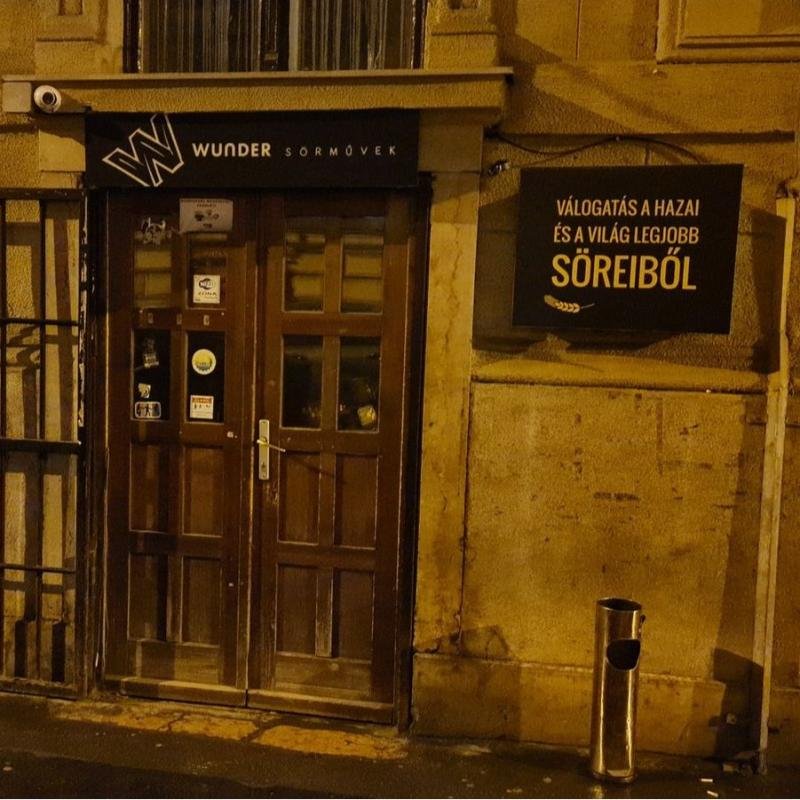Budapest
 Budapest is the capital and the most populous city of Hungary, and the tenth-largest city in the European Union by population within city limits. The city had an estimated population of 1,752,704 in 2016 distributed over a land area of about 525 square kilometres (203 square miles).
Budapest is the capital and the most populous city of Hungary, and the tenth-largest city in the European Union by population within city limits. The city had an estimated population of 1,752,704 in 2016 distributed over a land area of about 525 square kilometres (203 square miles).Budapest is both a city and county, and forms the centre of the Budapest metropolitan area, which has an area of 7,626 square kilometres (2,944 square miles) and a population of 3,303,786, comprising 33 percent of the population of Hungary. The history of Budapest began when an early Celtic settlement transformed into the Roman town of Aquincum, the capital of Lower Pannonia. The Hungarians arrived in the territory in the late 9th century. The area was pillaged by the Mongols in 1241. Buda, the settlements on the west bank of the river, became one of the centres of Renaissance humanist culture by the 15th century. The Battle of Mohács in 1526 was followed by nearly 150 years of Ottoman rule.
After the reconquest of Buda in 1686, the region entered a new age of prosperity. Pest-Buda became a global city with the unification of Buda, Óbuda, and Pest on 17 November 1873, with the name 'Budapest' given to the new capital. Budapest also became the co-capital of the Austro-Hungarian Empire, a great power that dissolved in 1918, following World War I. The city was the focal point of the Hungarian Revolution of 1848, the Battle of Budapest in 1945, and the Hungarian Revolution of 1956. Budapest is an Alpha − global city with strengths in commerce, finance, media, art, fashion, research, technology, education, and entertainment. It is Hungary's financial centre and the highest ranked Central and Eastern European city on Innovation Cities Top 100 index, as well ranked as the second fastest-developing urban economy in Europe. Budapest is the headquarters of the European Institute of Innovation and Technology, the European Police College and the first foreign office of the China Investment Promotion Agency.
Over 40 colleges and universities are located in Budapest, including the Eötvös Loránd University, the Semmelweis University and the Budapest University of Technology and Economics. Opened in 1896, the city's subway system, the Budapest Metro, serves 1.27 million, while the Budapest Tram Network serves 1.08 million passengers daily. Budapest is cited as one of the most beautiful cities in Europe, ranked as "the world's second best city" by Condé Nast Traveler, and "Europe's 7th most idyllic place to live" by Forbes. Among Budapest's important museums and cultural institutions is the Museum of Fine Arts. Further famous cultural institutions are the Hungarian National Museum, House of Terror, Franz Liszt Academy of Music, Hungarian State Opera House and National Széchényi Library. The central area of the city along the Danube River is classified as a UNESCO World Heritage Site and has many notable monuments, including the Hungarian Parliament, Buda Castle, Fisherman's Bastion, Gresham Palace, Széchenyi Chain Bridge, Matthias Church and the Liberty Statue. Other famous landmarks include Andrássy Avenue, St. Stephen's Basilica, Heroes' Square, the Great Market Hall, the Nyugati Railway Station built by the Eiffel Company of Paris in 1877 and the second-oldest metro line in the world, the Millennium Underground Railway. The city also has around 80 geothermal springs, the largest thermal water cave system, second largest synagogue, and third largest Parliament building in the world. Budapest attracts 4.4 million international tourists per year, making it a popular destination in Europe.
Public Toilet – Déli Railway Station
The Millenáris Park is a six-hectare park and cultural center that presents the significant cultural and lifestyle values of the Hungarian capital and Europe, and is also suitable for…
The Gresham Palace (Gresham-palota) is a building in Budapest, Hungary; it is an example of Art Nouveau architecture. Completed in 1906 as an office and apartment building, it is today the…
The accessible playground on Szabadság tér, located in the heart of the city center, offers an amazing adventure for everyone.
In the 20th century, several theater enterprises were established in Budapest that bore the name of Imre Madách. Today's Madách Theater was reorganized after the Second World War, and in…
The Rumbach Street synagogue (Hungarian: Rumbach utcai zsinagóga) is located in Belváros, the inner city of the historical old town of Pest, in the eastern section of Budapest.
The former Ferkó pub was transformed into Kispadda with the new arrival of the young owners.
Public Toilet – Rákóczi Square
Public Toilet – Tétényi Shopping Center (Tétényi Úti Üzletközpont, Ground floor, next to the Supervision)
An old-fashioned, slightly shabby cheap pub with brown paneling, retro wallpaper, posters, high elbows, small press tables, air conditioning, TV, a chandelier with a fan on the ceiling,…
The dark devil's hole of small-brewery beer meters, the Vittula of those who flock massively from the early morning to the last round at midnight, it is, by its own admission, the smallness…
Not far from the Városliget Grand Playground you will find Hungary's largest and most complex traffic park for children, where young people can playfully learn about everyday traffic…
Public Toilet Nagytétényi Street 212
Public Toilet – Margit Bridge Buda Bridgehead Underpass
Public Toilet – Torockó Square





